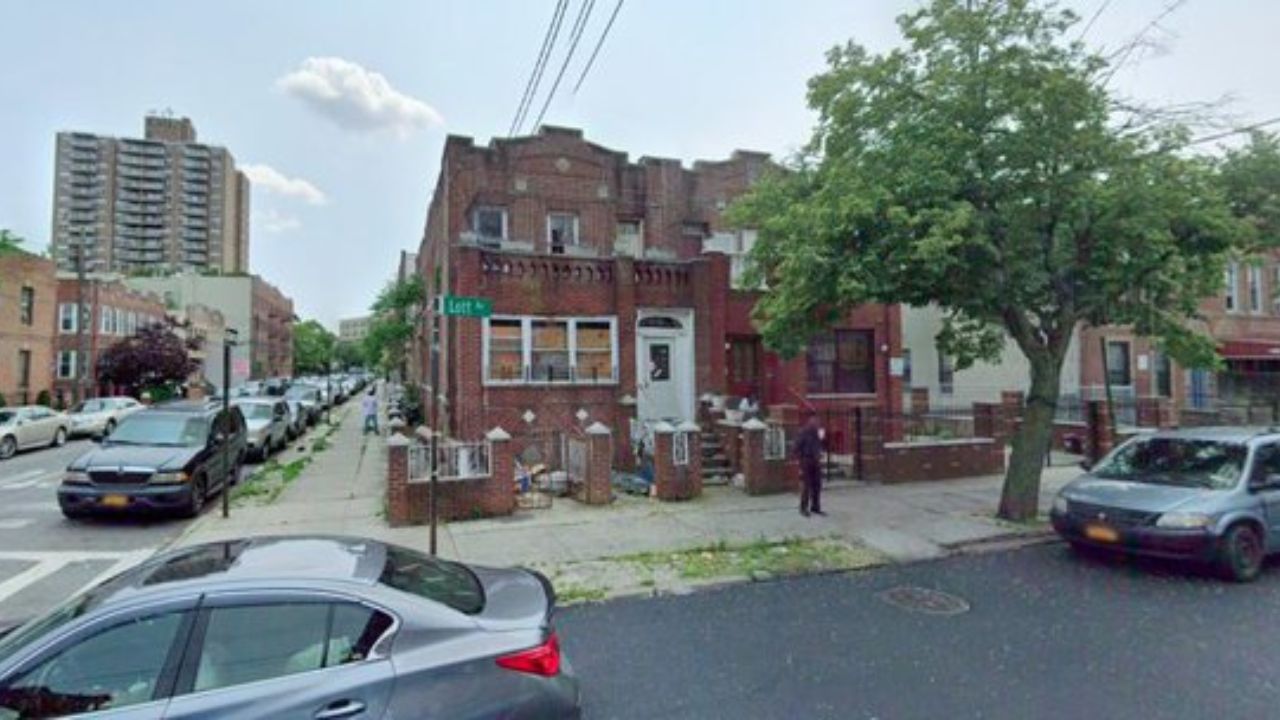Brownsville, a small town in New York, has recently gained notoriety as the second-ranked murder capital in the state. This unexpected rise in crime rates has sparked concerns and discussions within the community and beyond. Let’s delve into the details of this alarming trend.
What is the Crime Rate in Murder, New York
The crime rate in Murder, New York, specifically in terms of homicides, has shown fluctuations over recent years. In 2023, New York City reported 386 homicides, reflecting an 11.9% decrease from the previous year. This decline in homicides is a positive trend, indicating improvements in public safety within the city.
Additionally, the number of shootings in New York City decreased in 2023, with 974 shootings reported compared to 1,294 in 2022, marking a nearly 25% decrease. These statistics suggest a downward trend in violent crimes, particularly in terms of homicides and shootings, contributing to a safer environment in New York City.
What is the Trend in Crime Rate in Murder Over the Past Decade
Over the past decade, there have been fluctuations in the crime rate in terms of homicides. The data shows that the U.S. homicide rate peaked in 1980 at 10.2 per 100,000 people, then experienced a decline and rose to another peak in 1991 before dropping to a low in 2014 similar to levels in the mid-1960s.
However, an upward trend began in 2015, leading to a significant increase in homicides by 30% from 2019 to 2020, marking one of the largest year-over-year increases ever recorded. Subsequently, there was a small increase in 2021, followed by a decrease of 9% in 2022 to 6.3 per 100,000 people. This data highlights the varying trends in homicide rates over the past decade, with notable increases and decreases observed during different years.
Effective Strategies to Combat Crime
To tackle this pressing issue, several strategies can be implemented:
Community Engagement: Encourage active participation and foster positive relationships between residents and law enforcement. A sense of ownership and shared responsibility for safety can make a significant impact.
Increased Police Presence: Boost visibility and patrols in high-crime areas. A visible police presence acts as a deterrent and ensures quicker response times to incidents.
Investment in Social Programs: Allocate resources to programs that address underlying factors contributing to crime—poverty, lack of education, and substance abuse. Prevention is key.
Youth Engagement and Support: Provide mentorship programs, educational initiatives, and positive alternatives for young individuals. Redirect their paths away from criminal activities.
Data-Driven Approaches: Leverage data and analytics to identify crime hotspots, trends, and patterns. Target interventions where they are most needed.
What Are the Most Effective Ways to Prevent Crime in Brownsville, NY
Based on the information provided in the sources, some of the most effective ways to prevent crime in Brownsville, NY, include:
Community Engagement and Alternatives to Incarceration: Engaging local businesses and community residents in reimagining and redesigning public spaces can help create a safer environment. Providing judges with alternative sentencing options, such as short-term social services, community restitution, and psycho-educational groups, can also be effective in reducing incarceration rates and addressing the root causes of crime.
Youth Development Initiatives: Offering a broad range of youth development programs that link young people to positive activities, education, and employment opportunities can serve as a crime prevention strategy. Providing educational resources, job-readiness programs, mentoring services, and recreational options can help steer youth away from criminal activities.
Health and Social Services Support: Ensuring that health, mental health, and social service resources are readily available at appropriate levels can address underlying issues that contribute to criminal behavior. Supporting families with programming to prevent foster care placement can also be beneficial in creating a stable environment for youth.
Community Relationships and Engagement: Fostering relationships within the community through events, media outreach, social networking, and recreational opportunities can promote positive interactions and reduce negative influences. Engaging youths in the development of community justice centers like the Brownsville Community Justice Center can empower them to be part of the solution.
Police-Youth Communication and Relationship Building: Encouraging better communication and stronger relationships between police officers and youths can improve trust and cooperation within the community. Establishing coordination between justice centers and detention facilities to better support youths involved in the justice system can also enhance outcomes.
By implementing these strategies that focus on community engagement, youth development, social services support, relationship building, and alternative sentencing options, Brownsville can work towards preventing crime effectively and creating a safer environment for its residents.
Conclusion
Brownsville faces a critical juncture. As it grapples with its newfound reputation, collaborative efforts from residents, law enforcement, and community leaders are essential. By implementing effective strategies and staying vigilant, Brownsville can reclaim its safety and restore peace to its streets.
Let us hope that this small New York town can rise above its challenges and emerge stronger, ensuring a safer future for its citizens.

